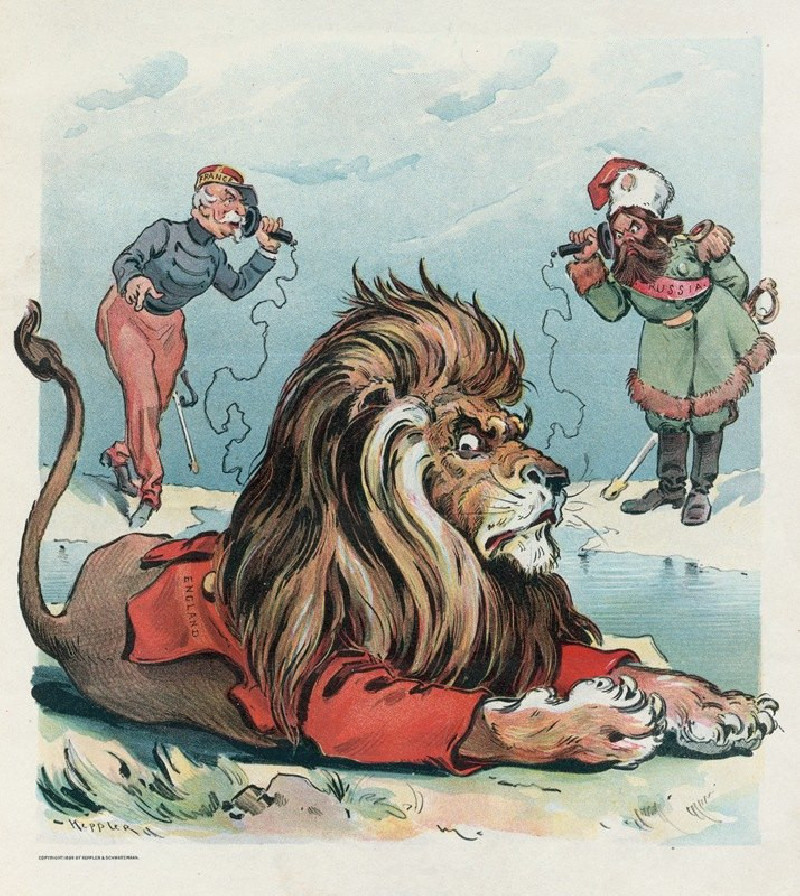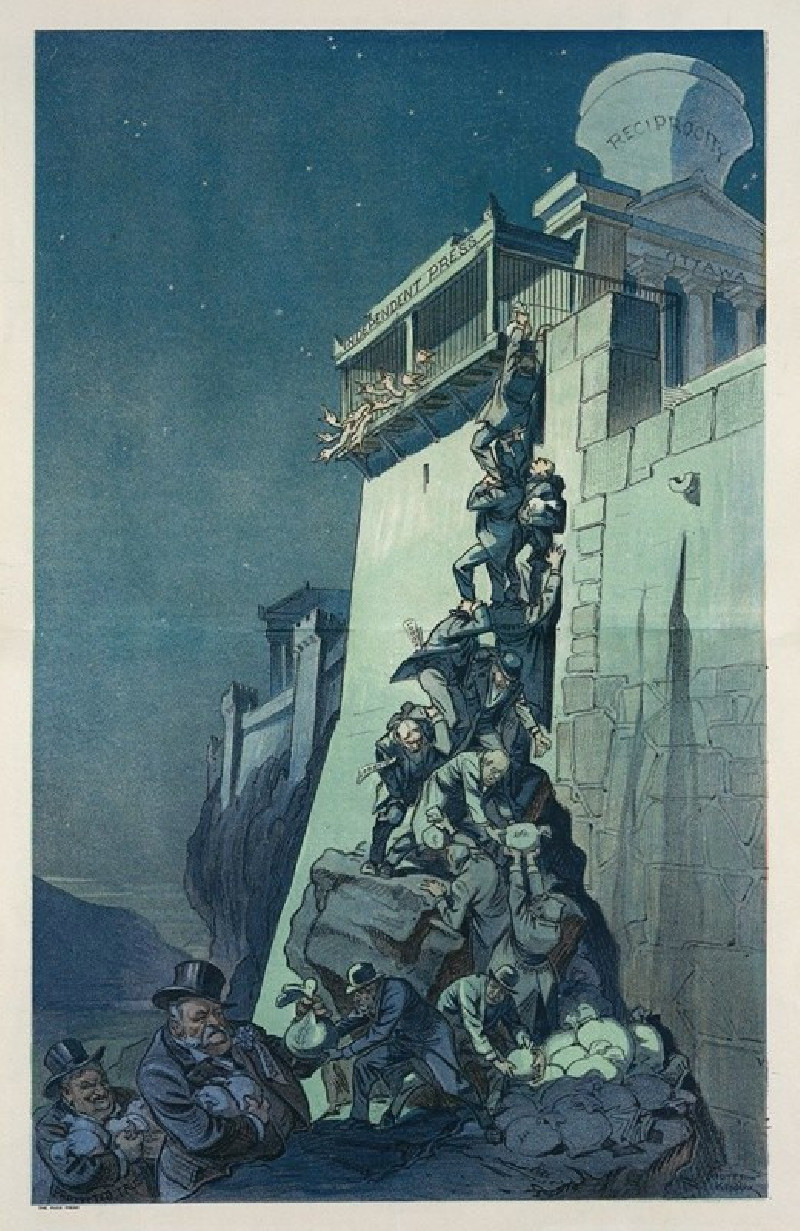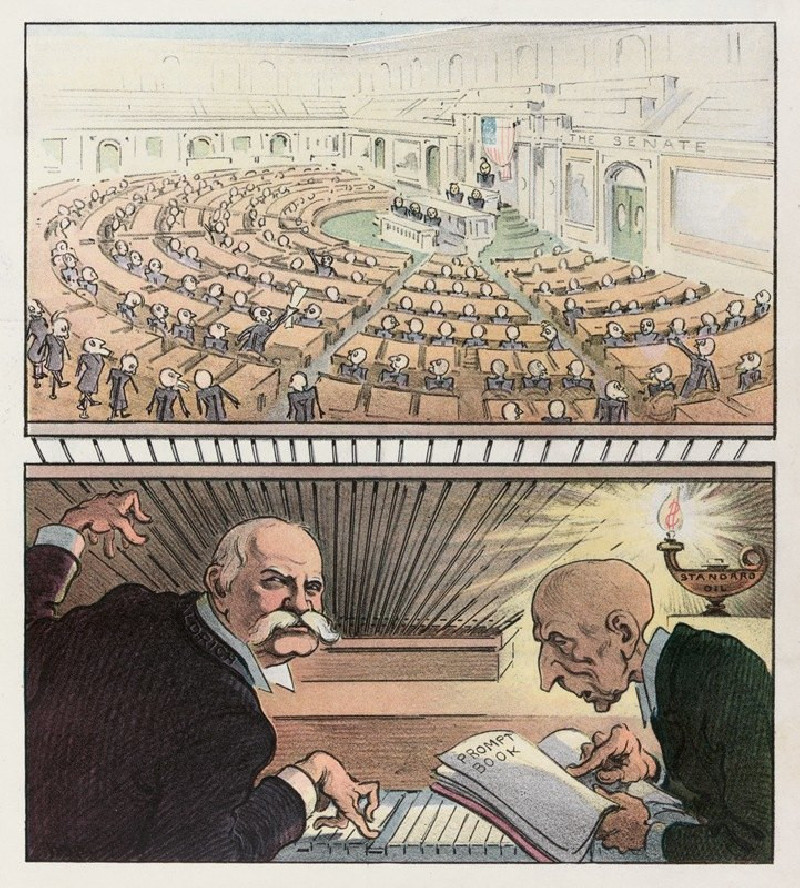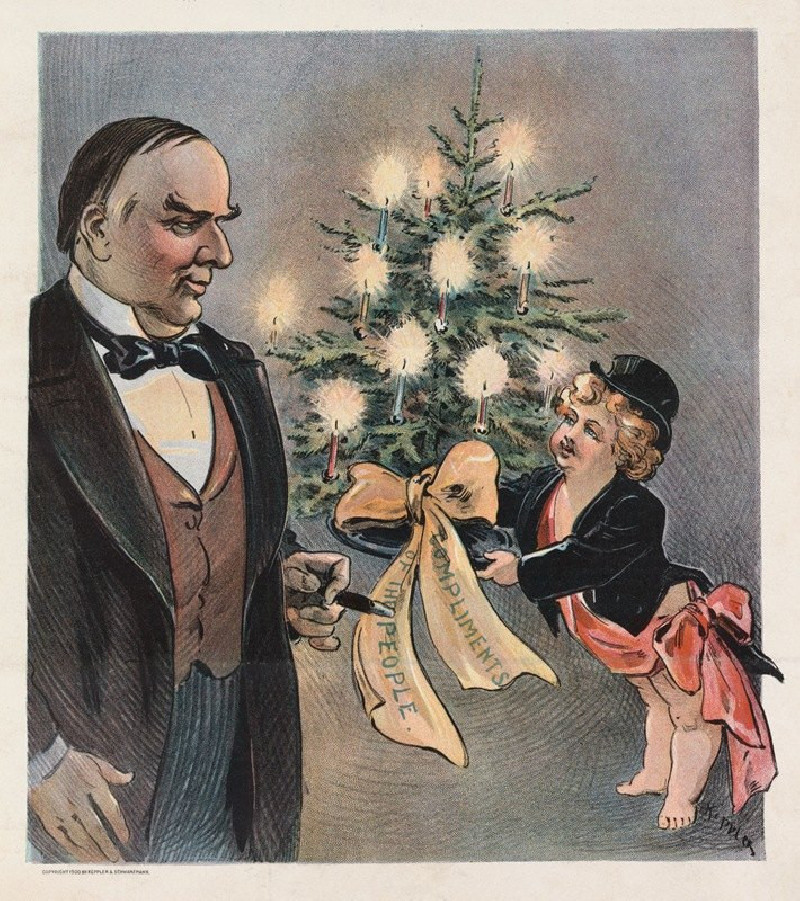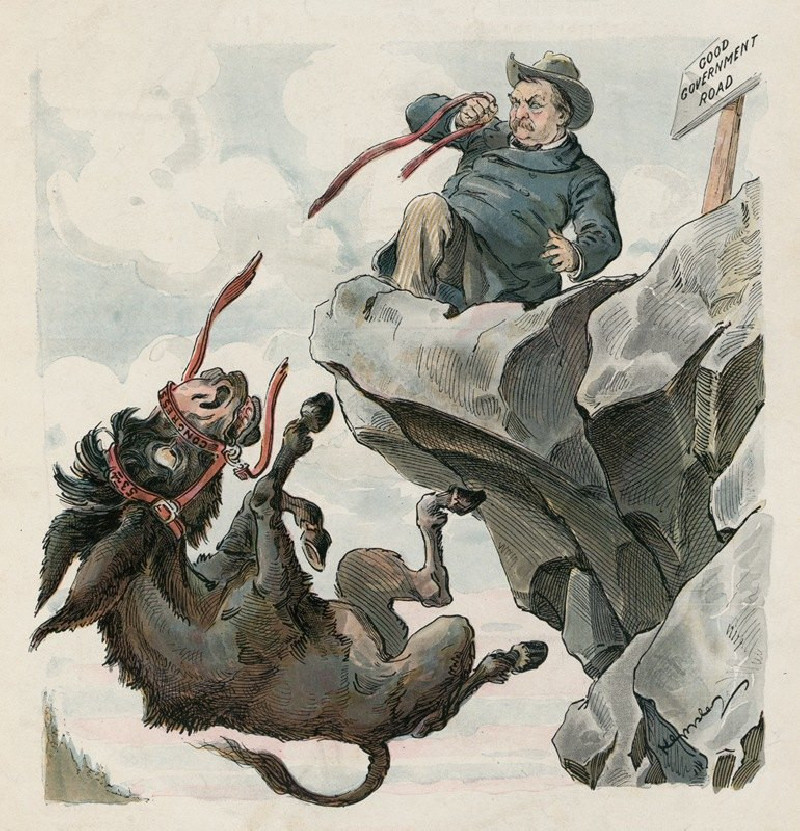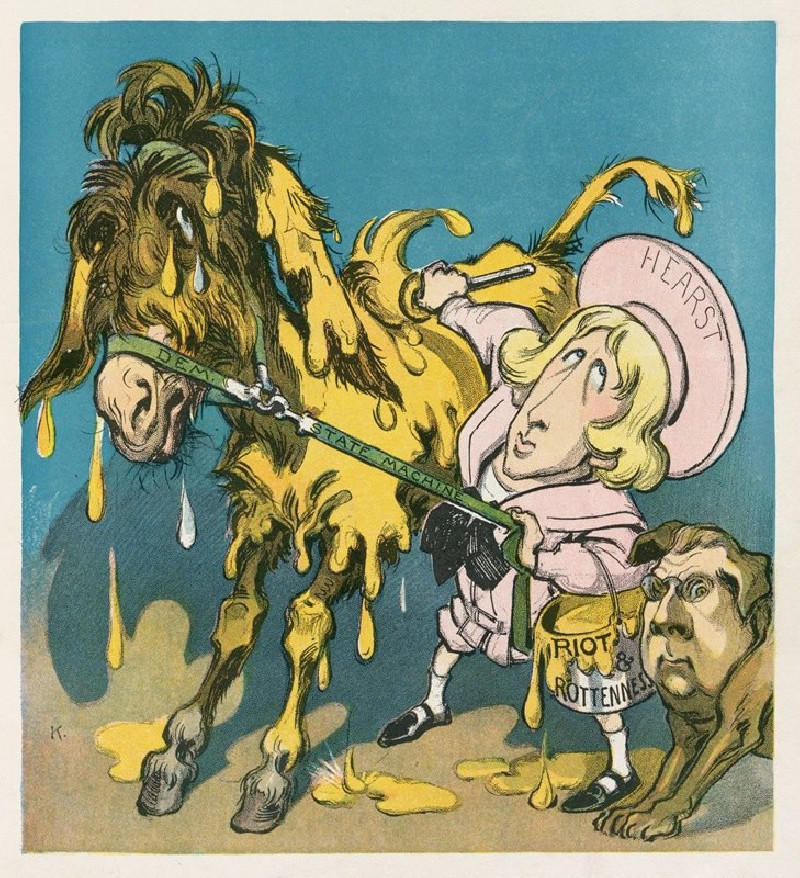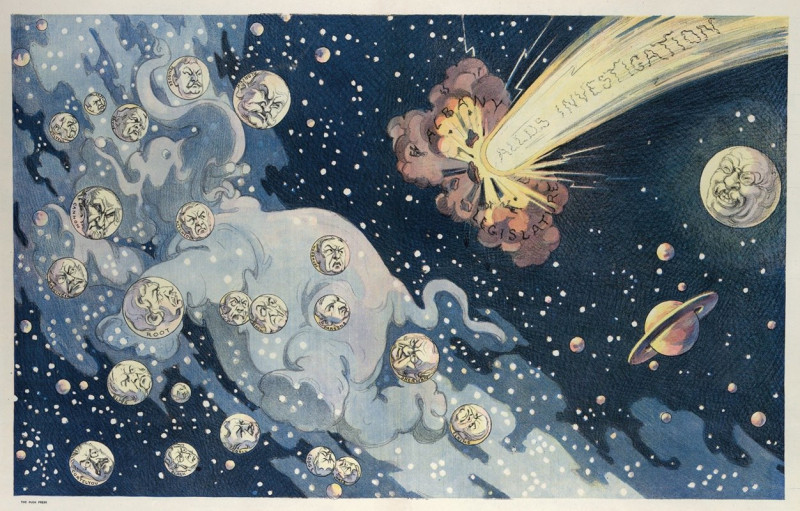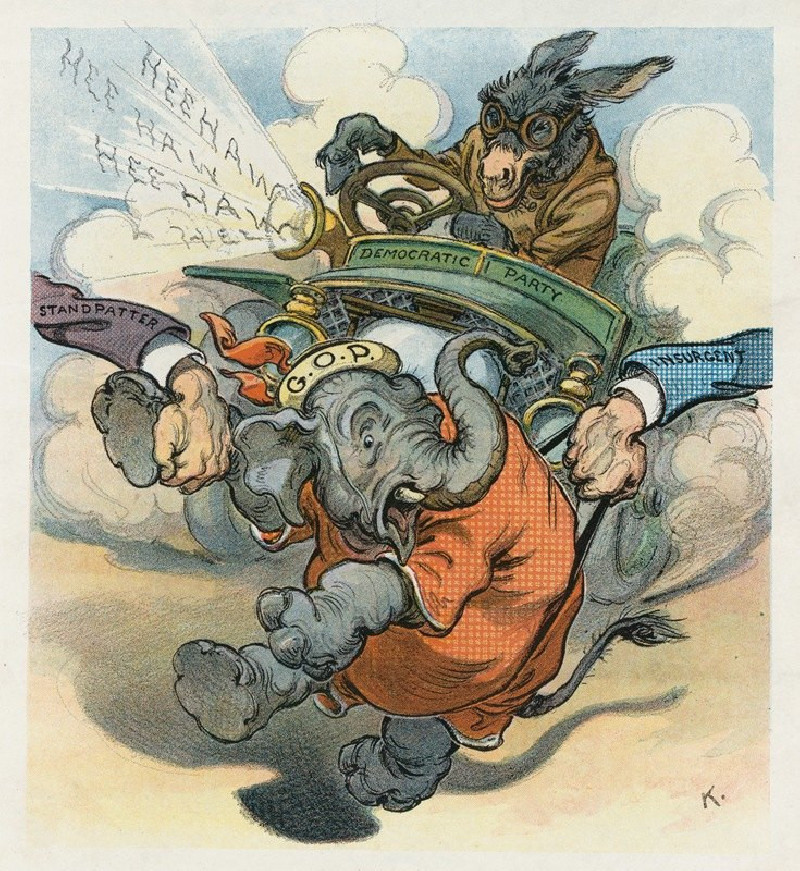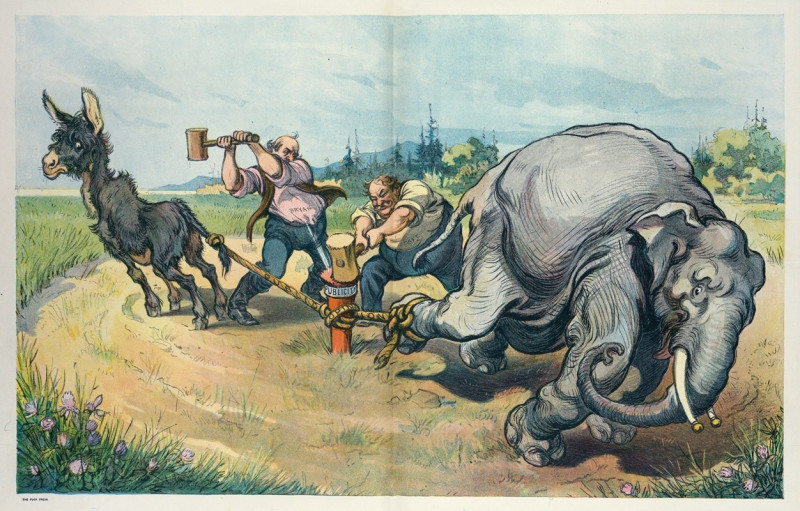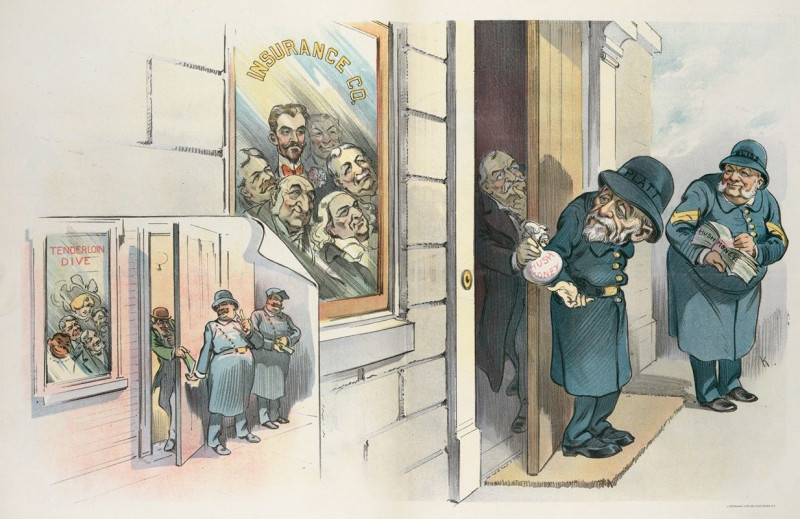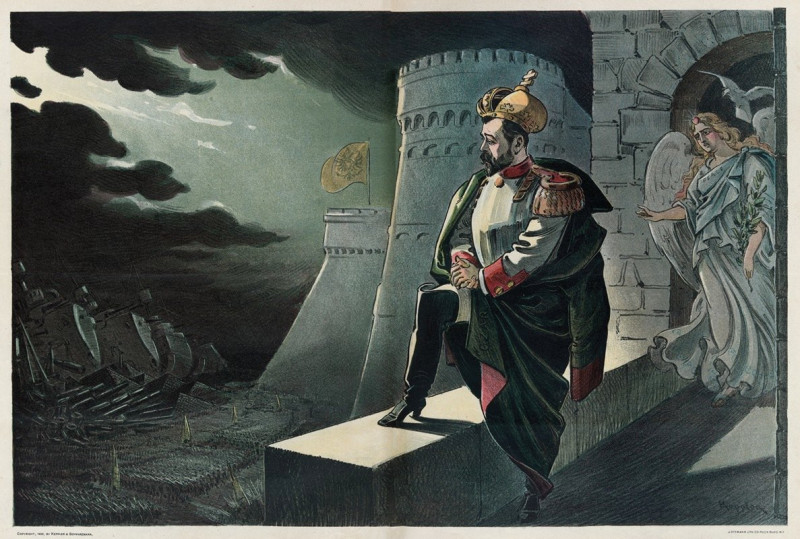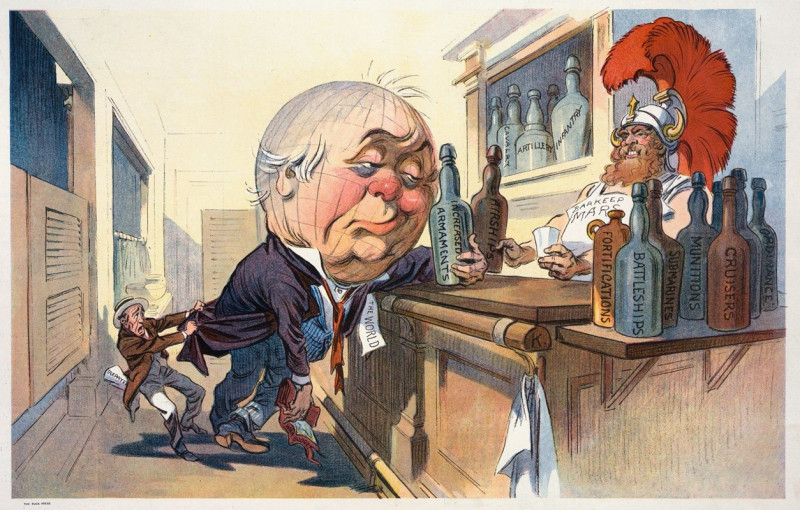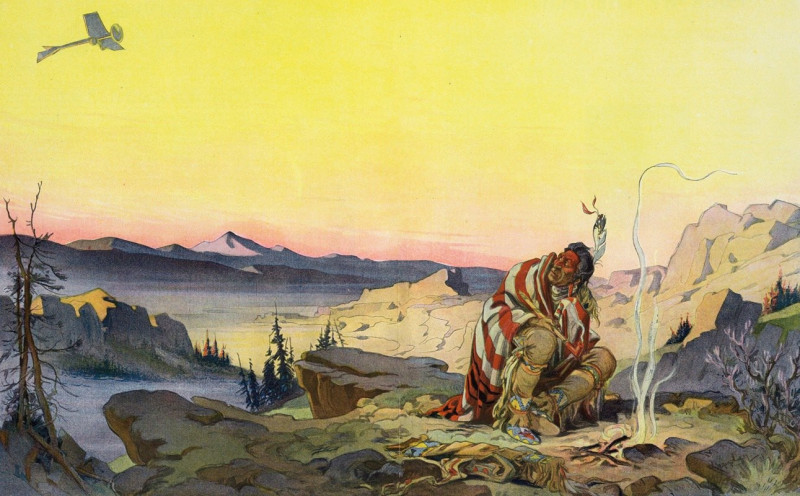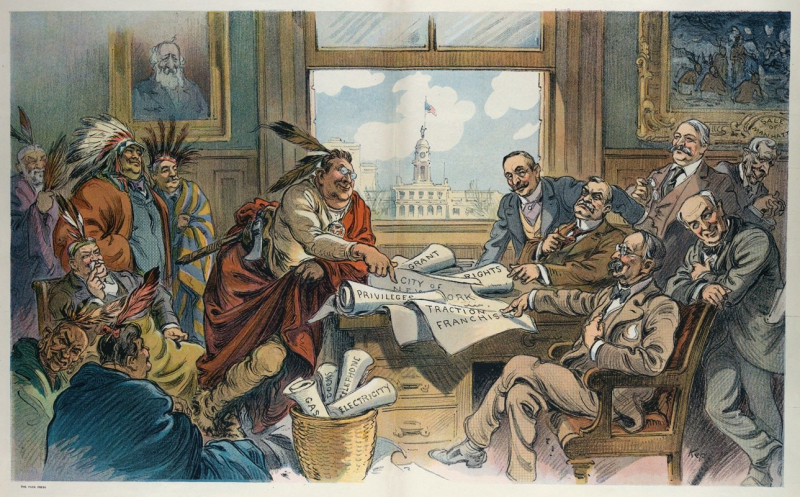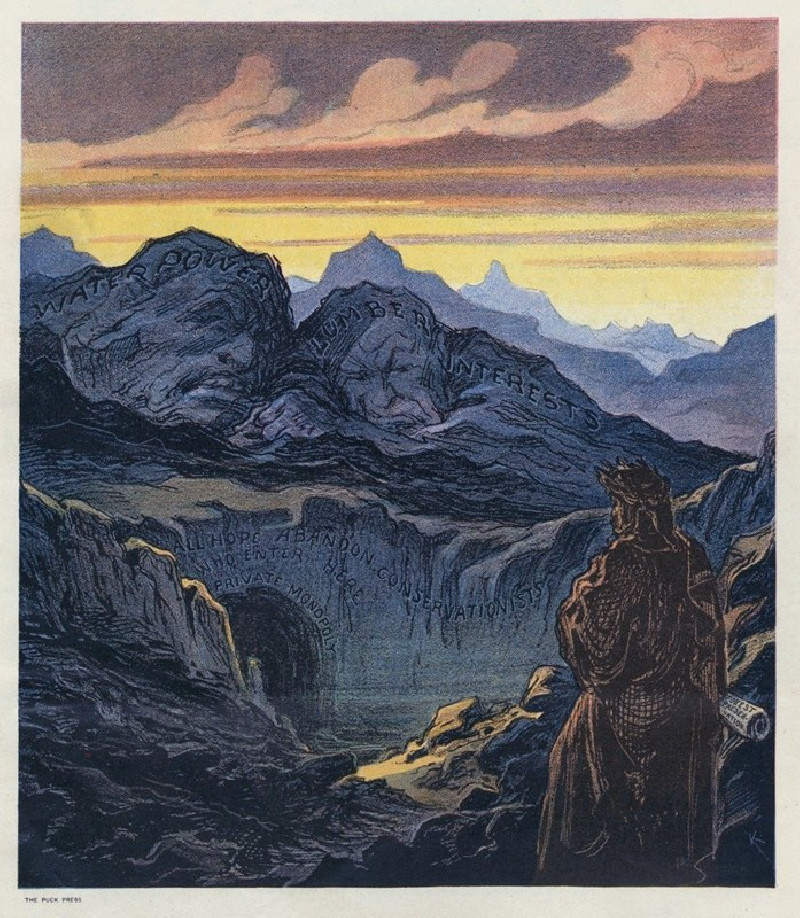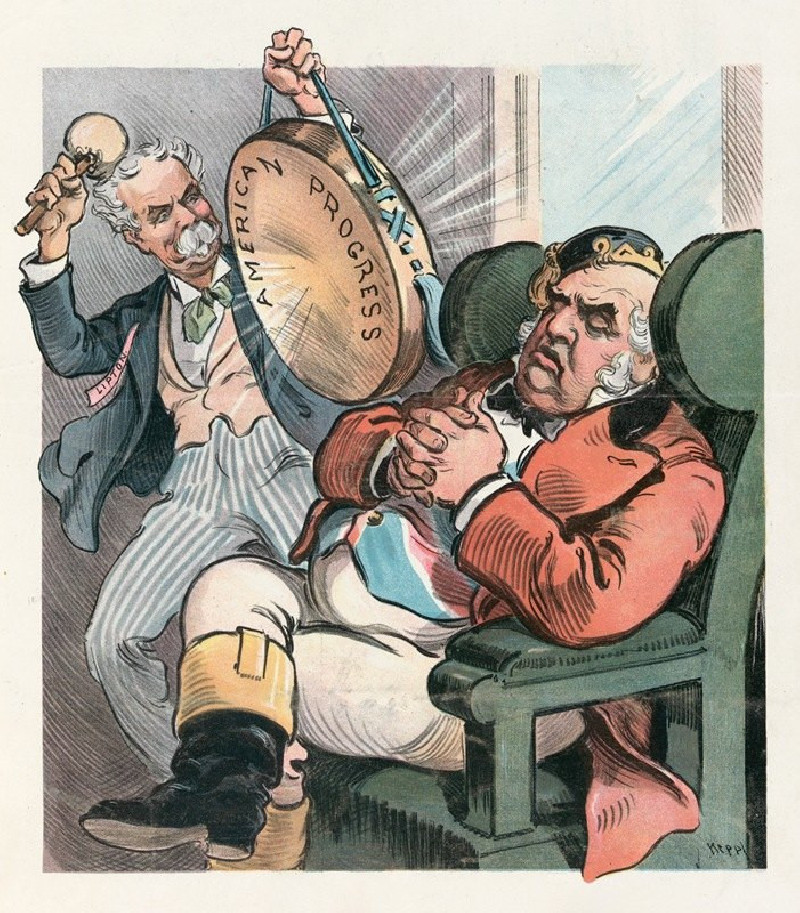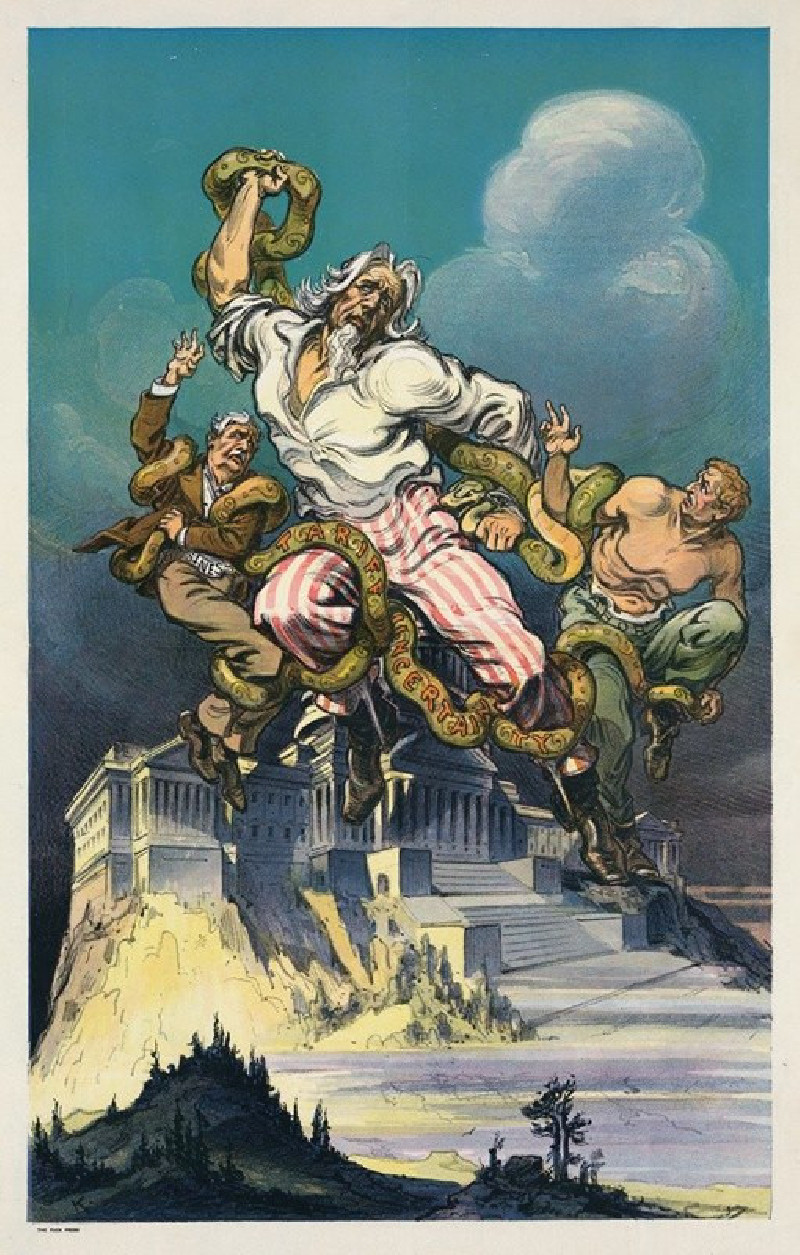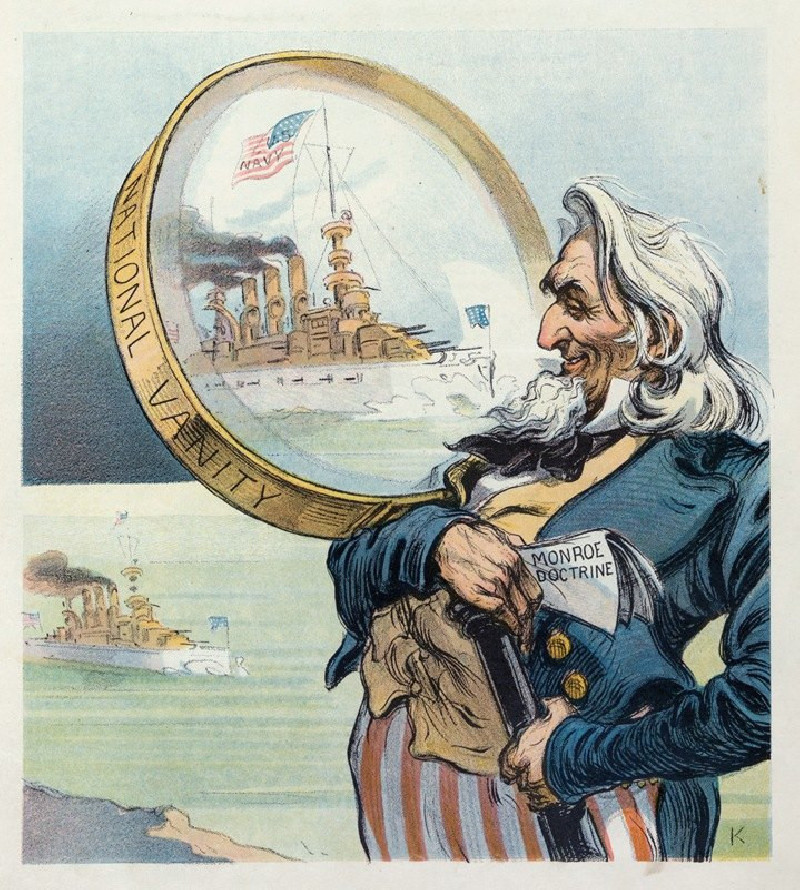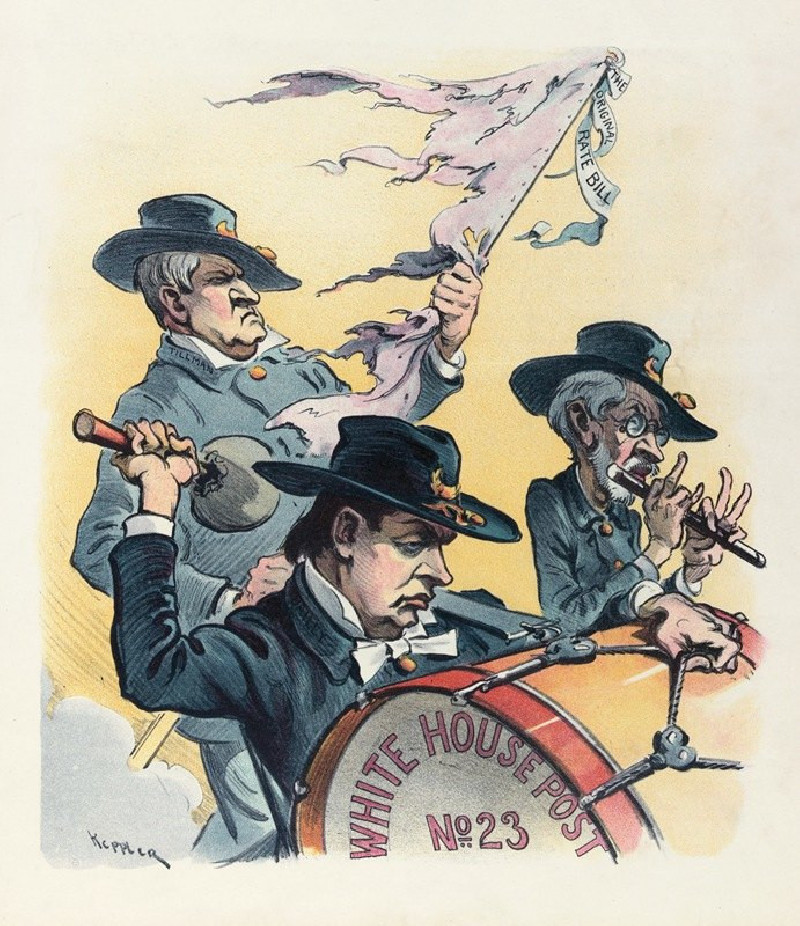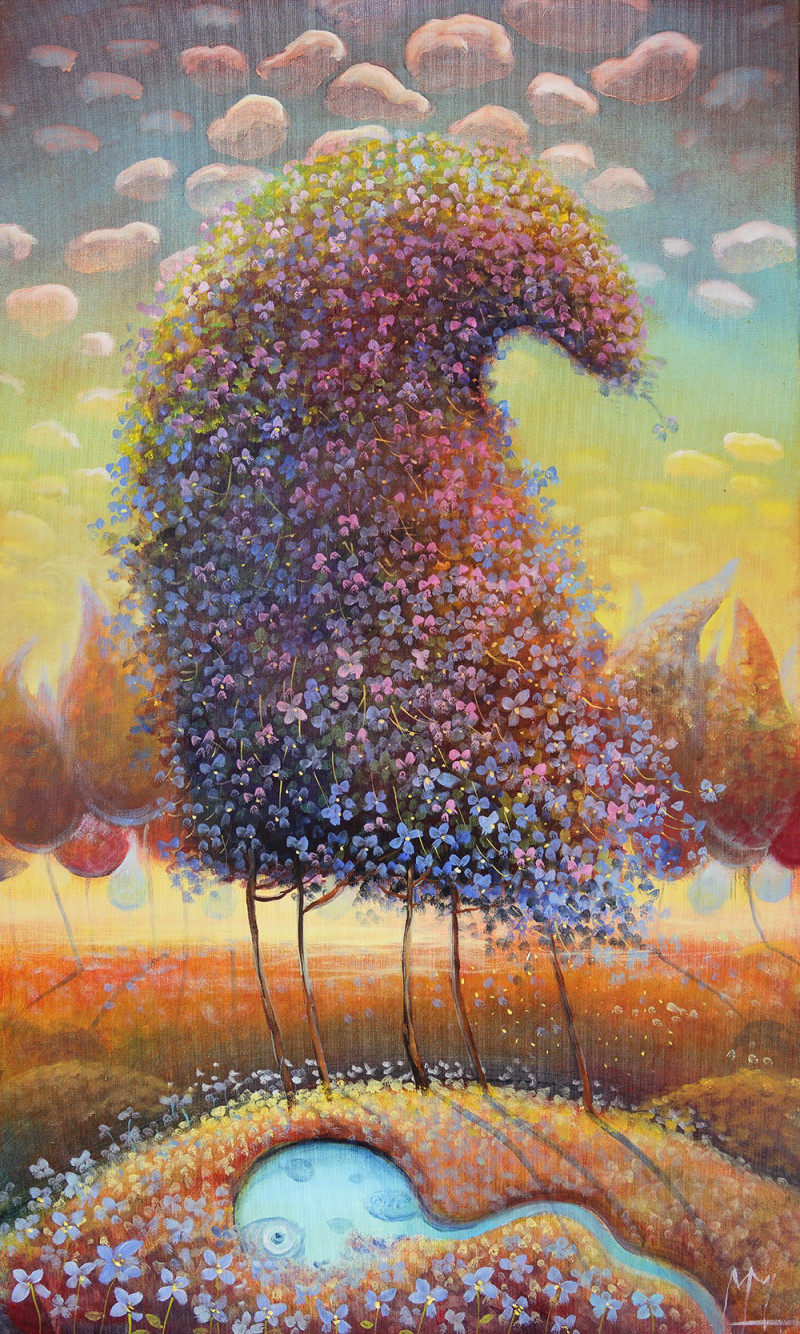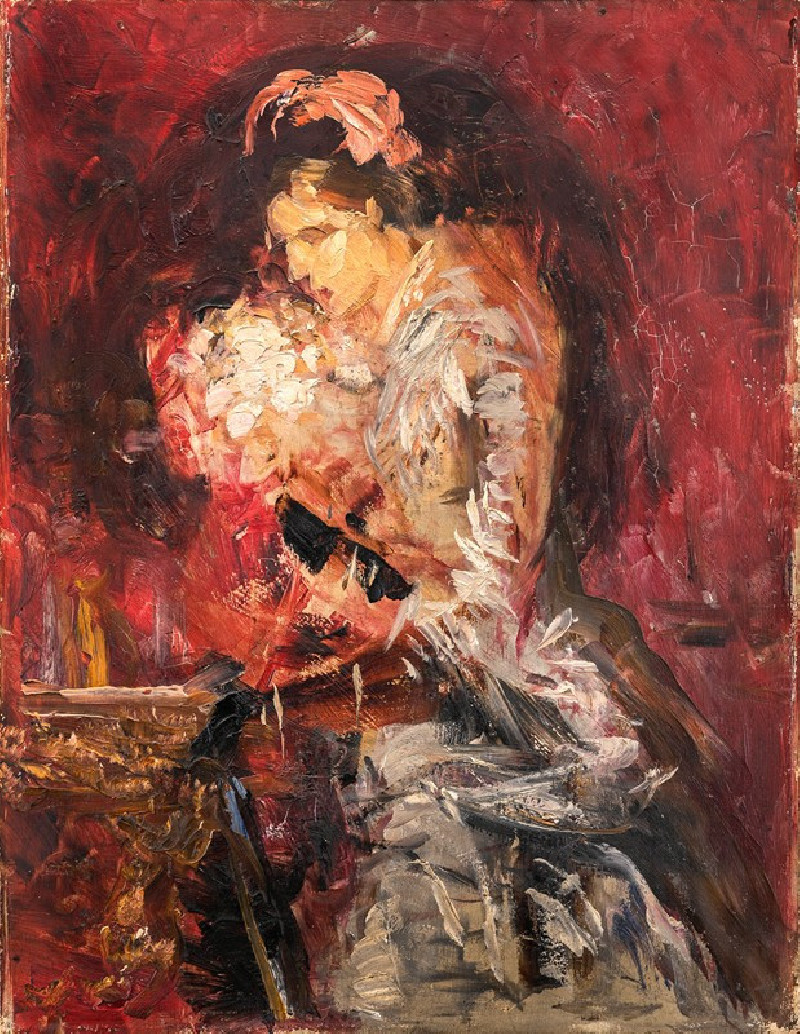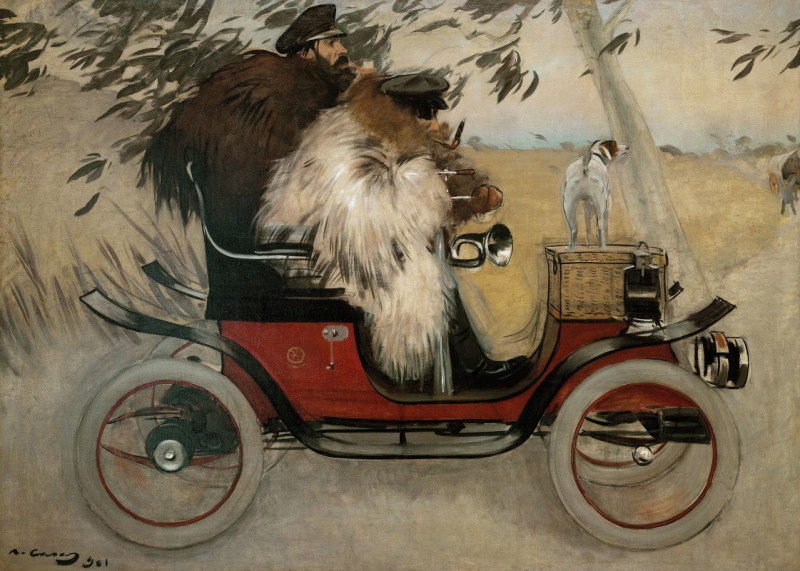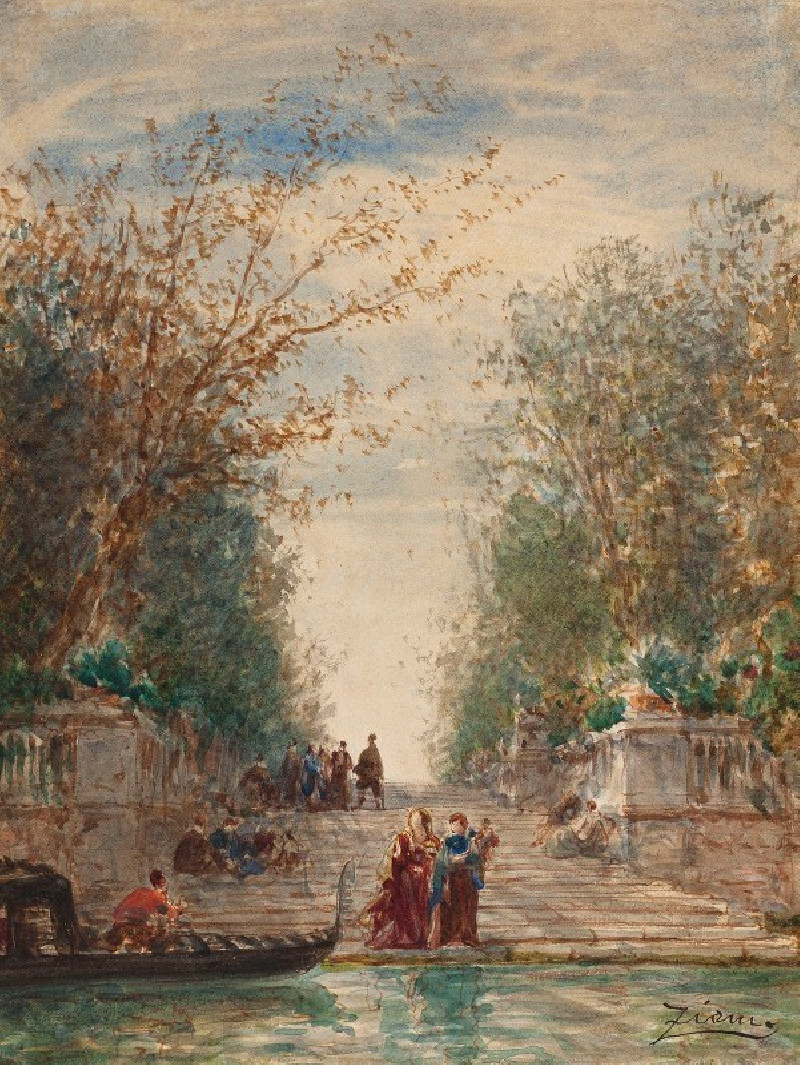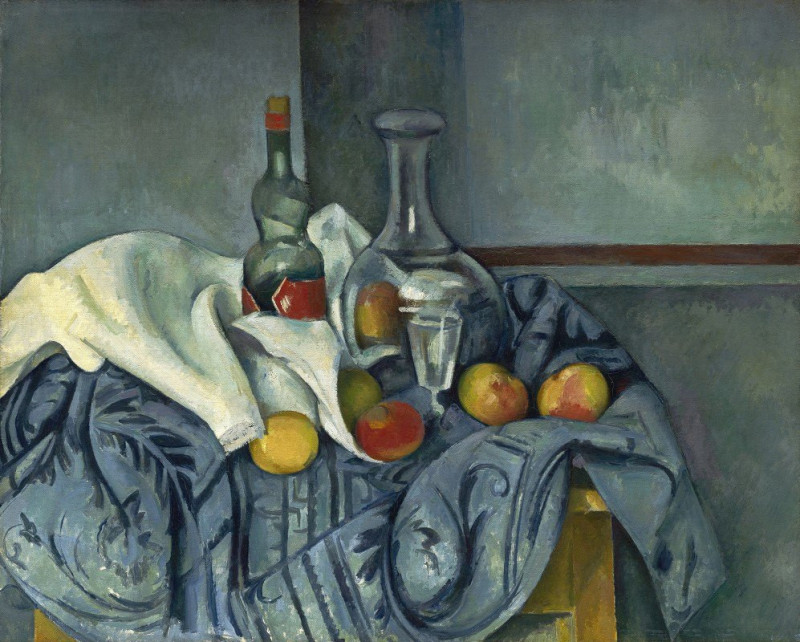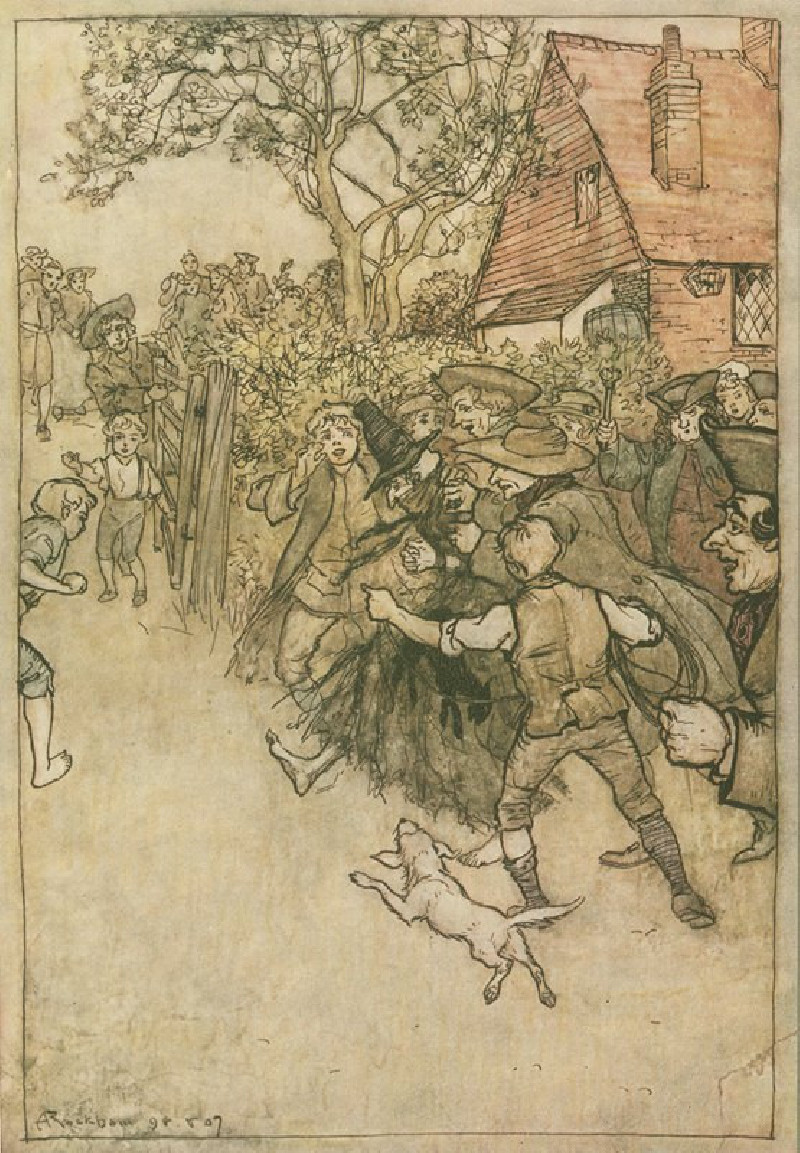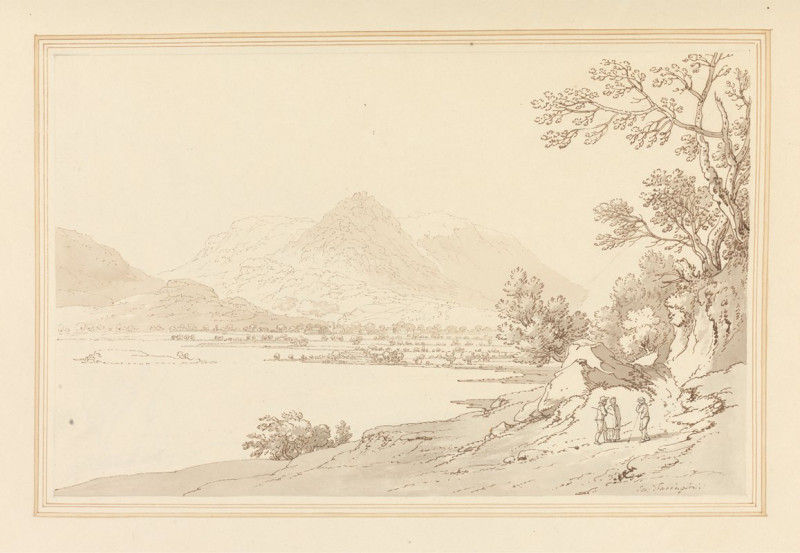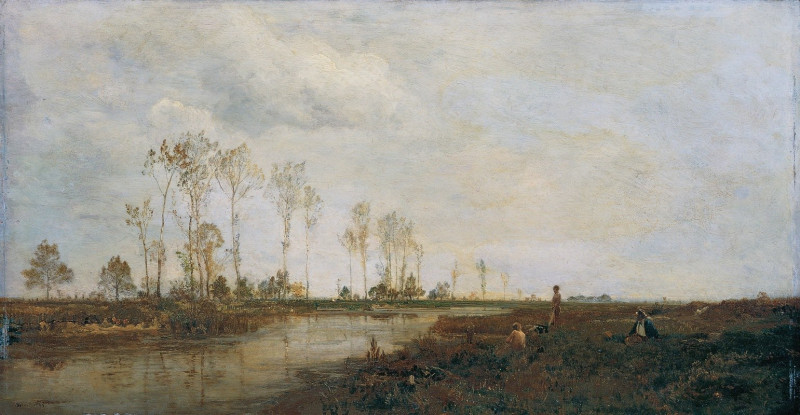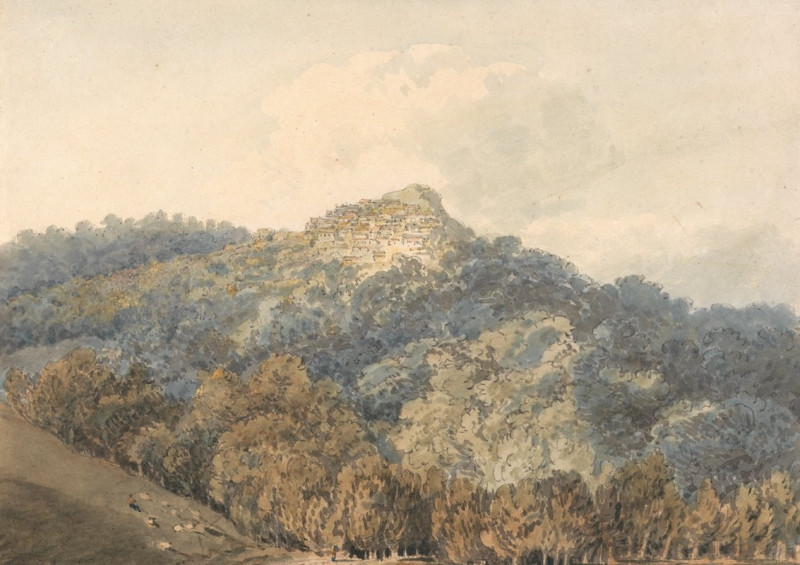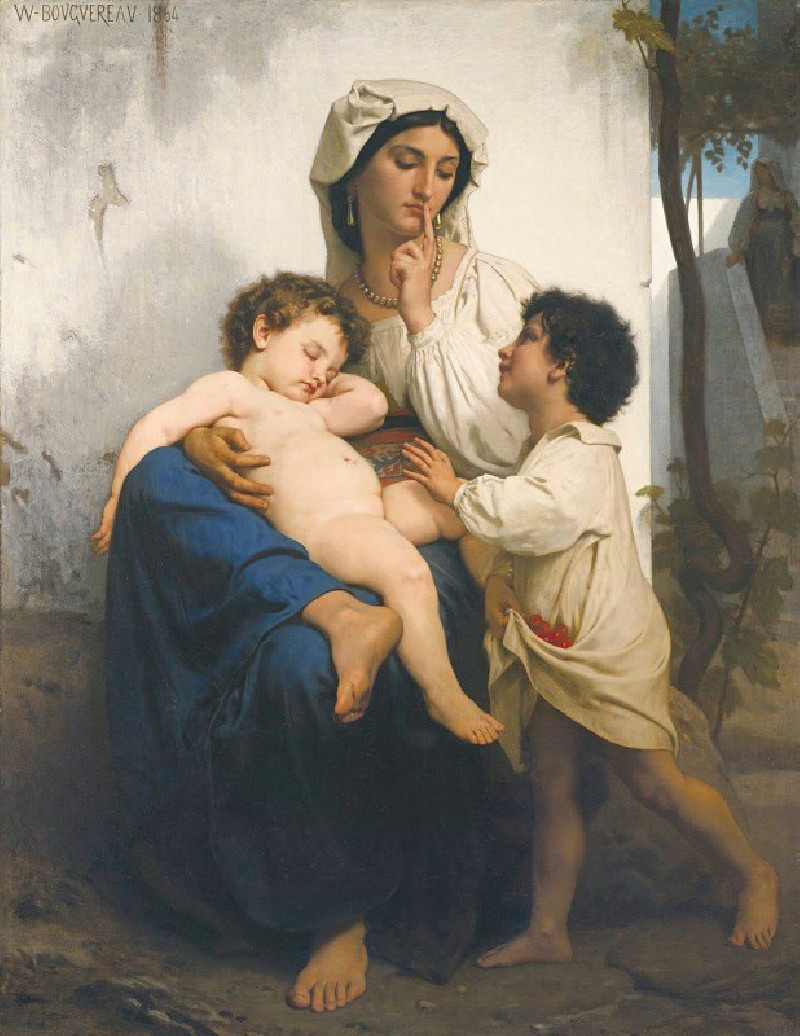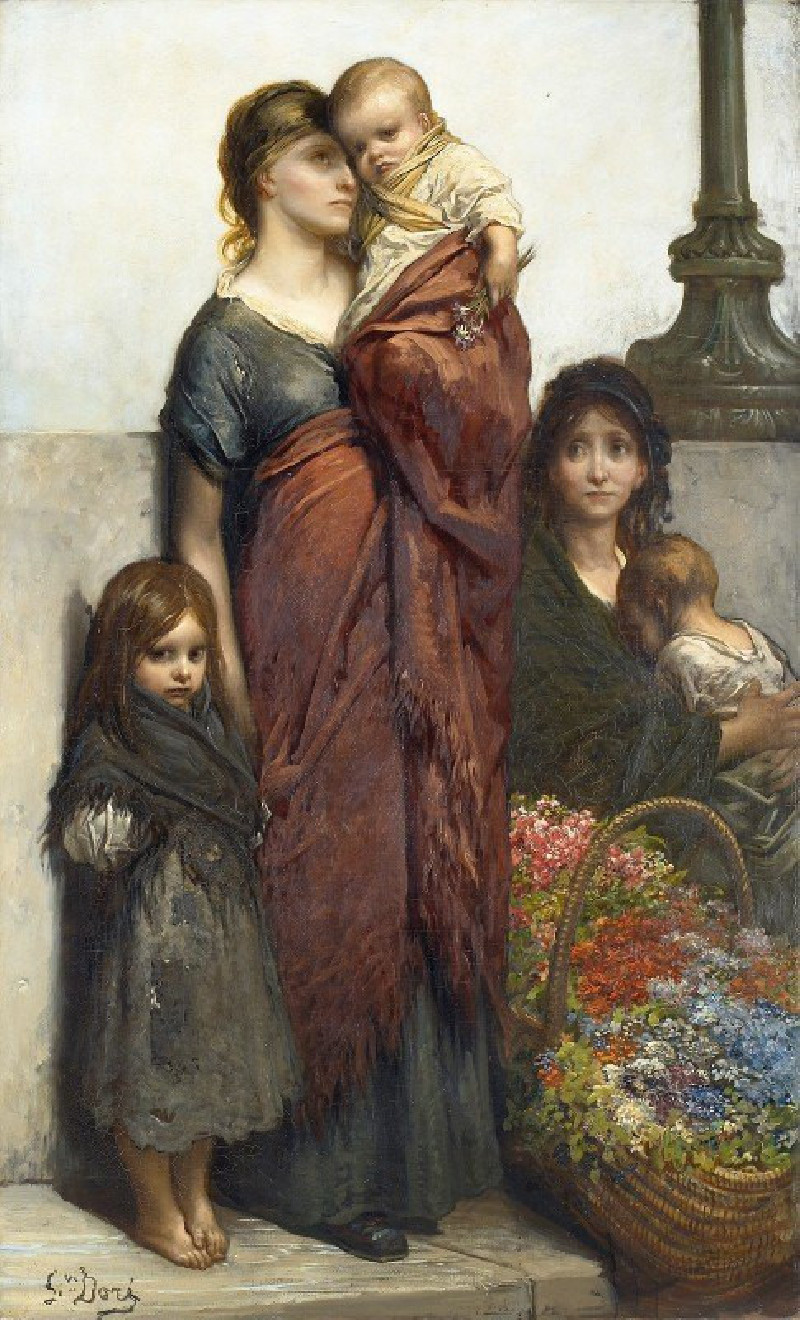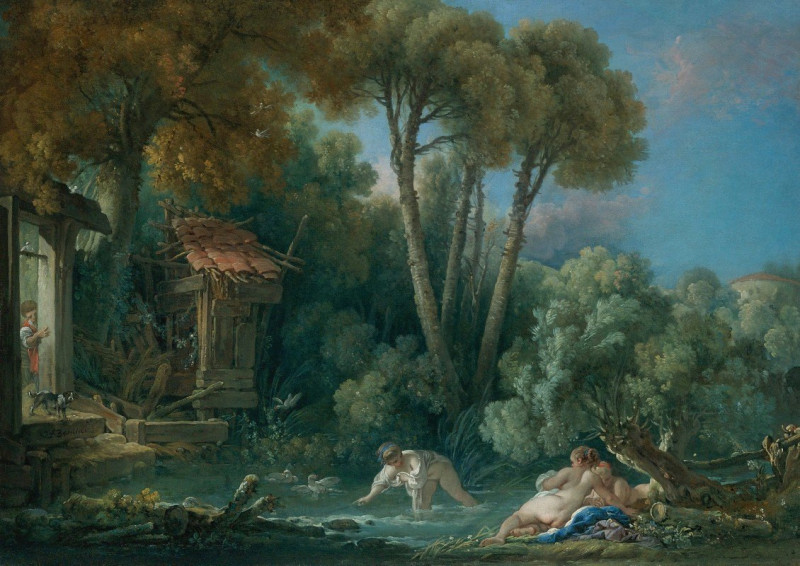A division of labor (1899)
Technique: Giclée quality print
Recommended by our customers
More about this artwork
In this compelling illustration by Udo Keppler, titled "A Division of Labor," we encounter a vivid depiction filled with allegorical symbolism. This piece originally published in Puck magazine, reflects Keppler's keen insight into political satire and commentary through visual art.The painting features a grand lion, adorned in a jacket labeled "England," representing the British Empire. The lion, a classical symbol of strength and royalty, is positioned centrally, dominating the scene with a demeanor that suggests both regality and awareness of its surroundings. The expression on the lion’s face conveys a sense of wary alertness, possibly indicative of England's geopolitical stance during the time.To the left, a figure in a red hat marked "France" blows a cloud of smoke towards Europe, emphasizing perhaps the influence or interference of France in European affairs. On the right, another characteristically dressed figure represents "Russia," complete with traditional attire and a hat. This figure holds a towel, poised as if to wipe or clean the lion's face, suggesting a gesture of servitude or alliance.Keppler’s work cleverly uses caricature and costume to comment on the political dynamics of the era, particularly focusing on the roles and relationships among major powers. The setting, although minimal, hints at an icy or snowy landscape, possibly alluding to the cold and treacherous nature of political alliances and maneuvers."A Division of Labor" engages viewers not only with its immediate visual humor but also invites deeper reflection on the complex international relations at the turn of the 20th century.
Delivery
Returns
Udo J. Keppler, since 1894. known as Joseph Keppler, Jr., was an American political cartoonist, publisher, and Native American advocate. The son of cartoonist Joseph Keppler (1838–1894), who founded Puck magazine, the younger Keppler also contributed to cartoons, and after his father's death became co-owner of the magazine under the name Joseph Keppler. He was also a collector of Native American artifacts.

